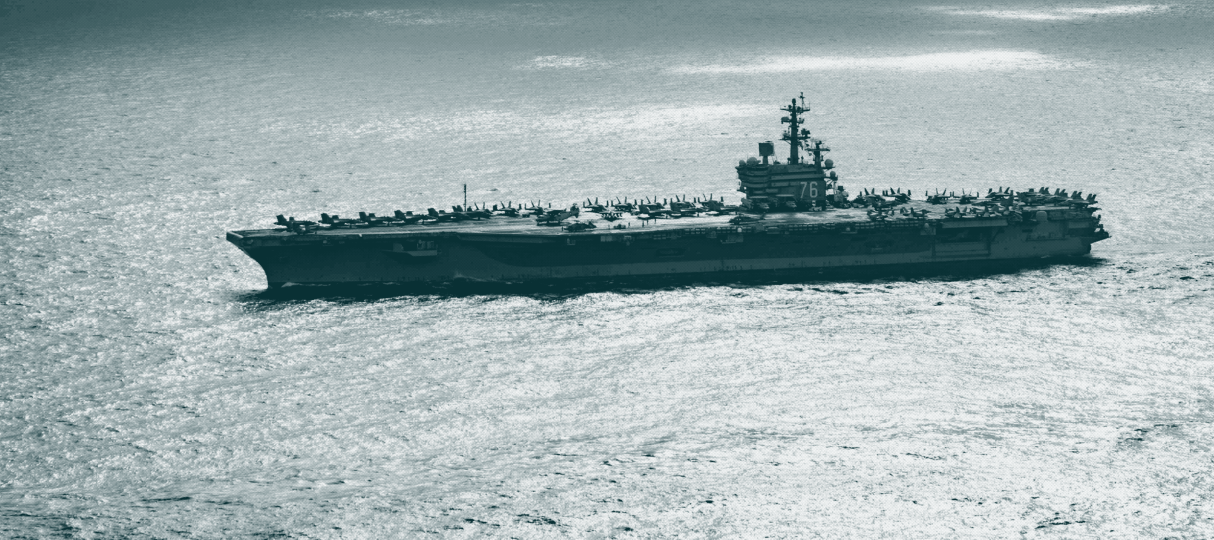A nation must think before it acts.
Executive Summary
As the United States seeks to prepare for a potential conflict with a peer-level adversary, the debate around the utility of the aircraft carrier—and its role in such a contingency—once again has resurfaced. Since the carrier’s adoption over 100 years ago, policymakers and servicemembers have argued over the ship’s mission, size, vulnerability, and—of course—cost. These arguments have become increasingly more pointed as the armed services compete over diminishing financial resources. Former Secretary of the Navy John Lehman, with the assistance of Center for Naval Analyses Analyst Steve Wills, evaluates aircraft carrier options as he has done numerous times in the past. These choices include:
-
-
- Gerald R. Ford-class nuclear-powered, large carrier
- Light carriers based on amphibious warfare ships of the Wasp and America class
- French nuclear-powered carrier Charles de Gaulle or conventionally powered British Queen Elizabeth-class carrier
- A new medium carrier the size of the Cold War Midway-class ships
-
Lehman and Wills analyze these choices with fact-based criteria by considering a number of questions. What are the missions for air power at sea as the United States again confronts great power rivals in the form of the People’s Republic of China and the Russian Federation? How “survivable” is the carrier in conditions of “modern” combat? How many carriers are needed for a global conflict? How big or small should that flattop be? How many and what type of carrier-based aircraft should it support? Can carrier aviation survive as an effective component of U.S. power projection and sea control capabilities without the kind of longer-range strike aircraft that it possessed during the Cold War?
Where are the Carriers examines a wide range of sources, including those from Congress and the Defense Department, as well as carrier studies from both federally and privately funded research institutions, to develop a surprising conclusion on what the next U.S. carrier choice should be.





